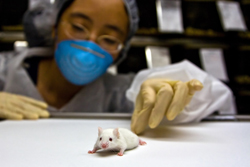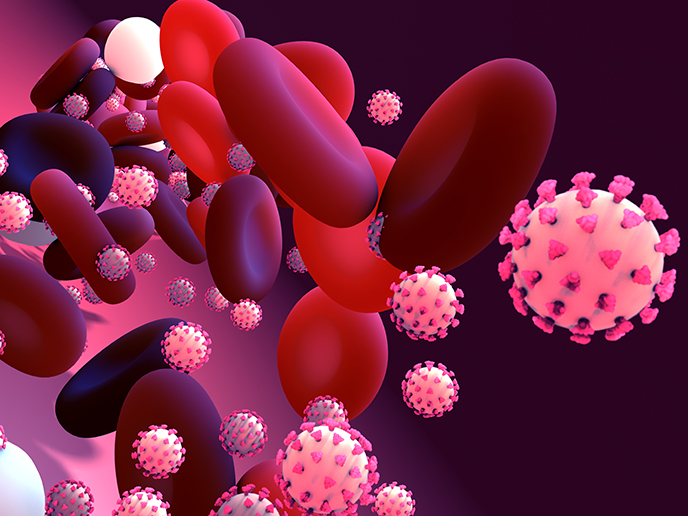Mice models for kidney disease
PIAs are rare genetic disorders affecting amino acid absorption by the kidneys. Extensive investigation has discovered the lack of certain amino acid transporters to be the prime cause of PIAs. However, pre-clinical models to further elucidate the underlying mechanisms of these diseases are lacking. With this in mind, the EU-funded ‘European genomics initiative on disorders of plasma membrane amino acid transporters’ (Eugindat) project aimed to perform an extensive investigation on PIAs from the generation of a clinical PIA database to the development of genetically modified animal models to study the role of amino acid and peptide transporters in renal reabsorption. As a first step, scientists collected detailed genotypic and phenotypic information of PIA patients in a database. The genetic information enabled the identification of novel mutations associated with PIAs. Combined with animal studies, project partners found that the rBAT/b0, +AT transporter had an impact on cystinuria, the disease caused by defective cystine transport which presents with the formation of kidney stones. The generated animal model allowed the identification of a drug with improved in vivo efficiency. Eugindat overall developed 10 knockout mouse models which enabled scientists to identify and functionally characterise several new amino acid transporters and key regulators involved in amino acid uptake. In conjunction with the three-dimensional (3D) structure of these transporters, these models are expected to contribute important information on renal reabsorption and disease.







